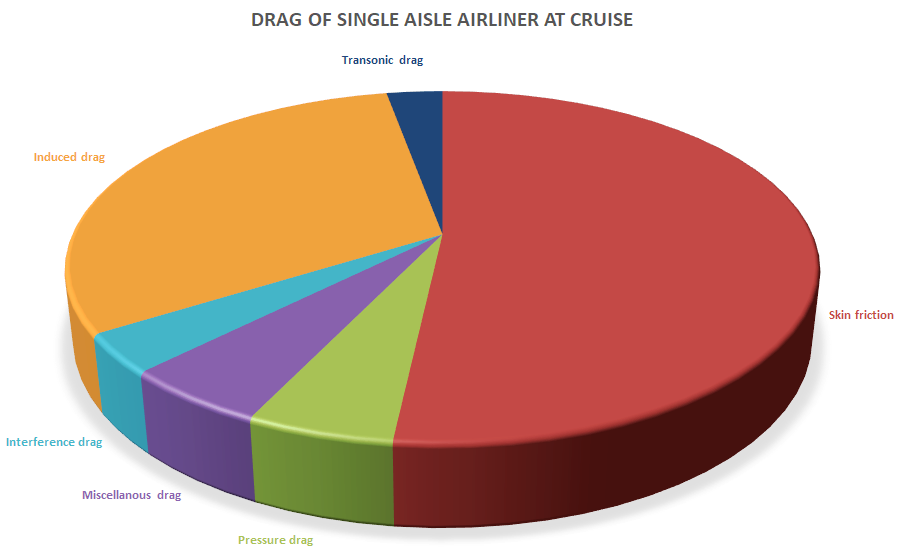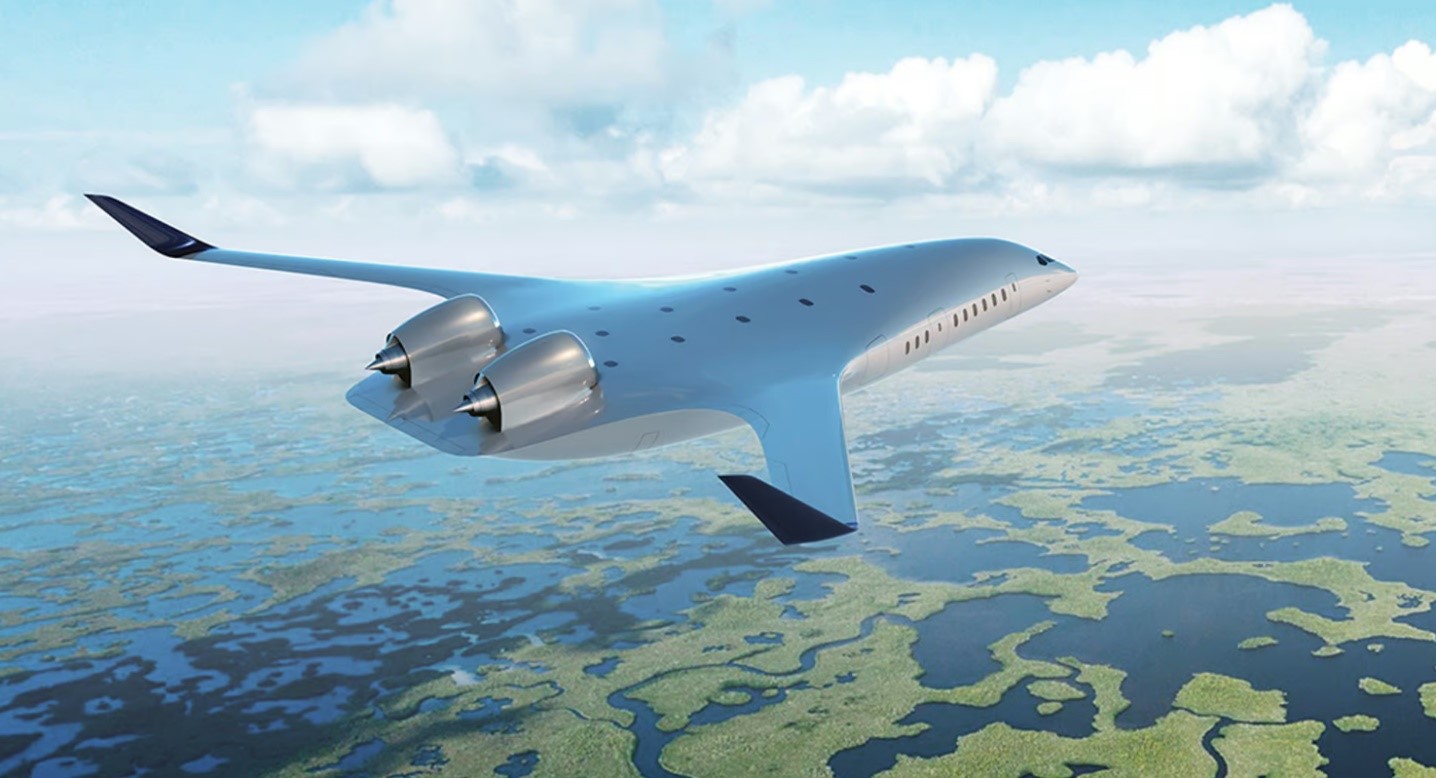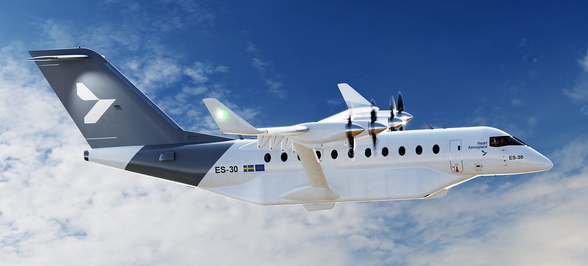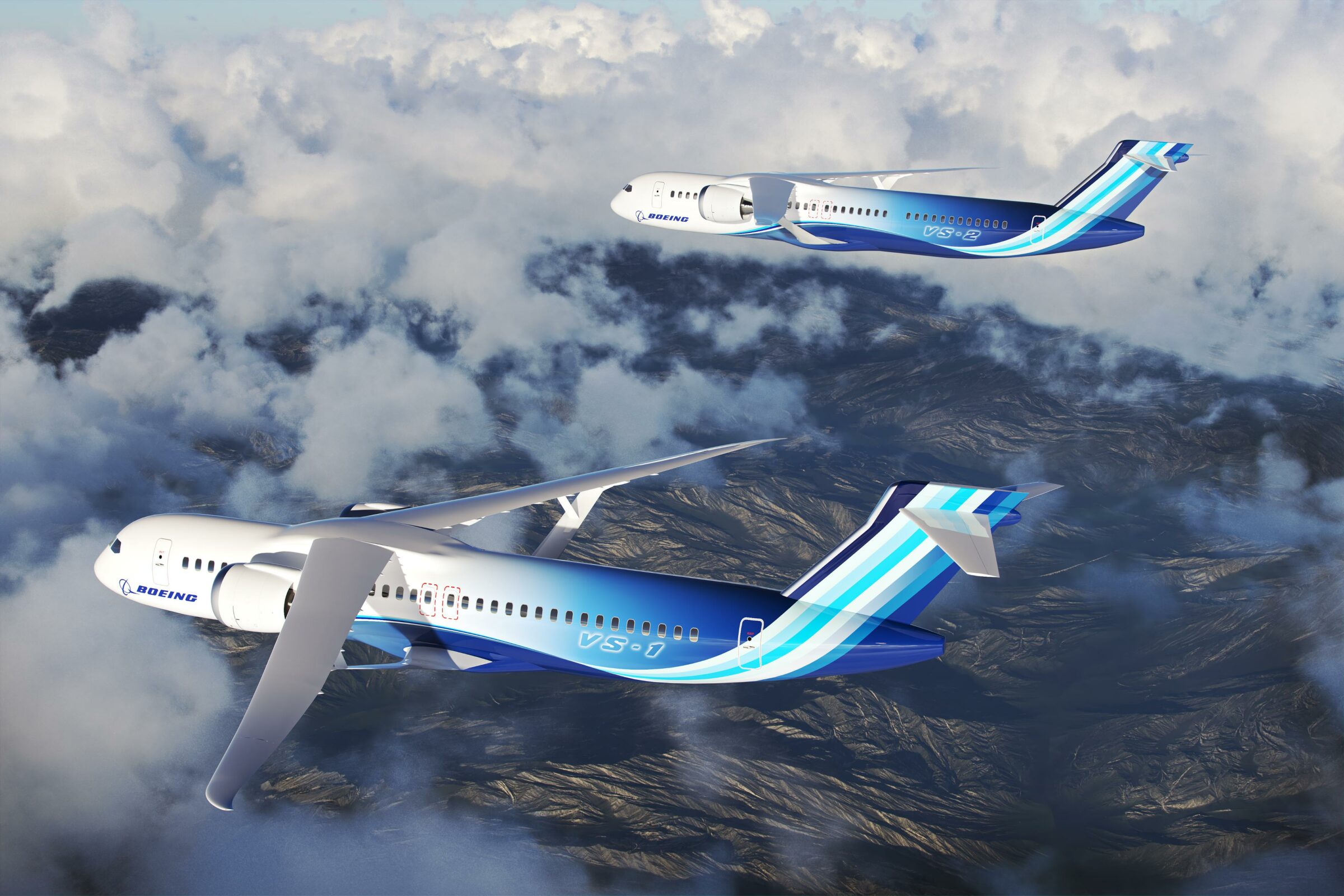Leeham News and Analysis
There's more to real news than a news release.
Bjorn’s Corner: New aircraft technologies. Part 15. Airframe for lower Induced drag
June 1, 2023, ©. Leeham News: Last week, we examined ways to lower the dominant drag of an airliner, the air friction drag (Figure 1).
Now we look at the second largest drag component, the Induced drag, and how it can be reduced. We go through the fundamentals of the drag to understand how to affect it. Then we look at aircraft changes to reduce Induced drag and if these make sense on an overall aircraft efficiency level.
Bjorn’s Corner: New aircraft technologies. Part 14. Airframe for lower friction drag
May 26, 2023, ©. Leeham News: This is a summary of the article Part 14P. Airframe for lower friction drag. The article discusses in detail a Blended Wing Body (BWB) type airframe and how it reduces the wetted area and, thus, air friction drag compared to a conventional tube and wing airframe.
Bjorn’s Corner: New aircraft technologies. Part 14P. Airframe for lower friction drag
Subscription required
By Bjorn Fehrm
May 26, 2023, ©. Leeham News: This is a complementary article to Part 14. Airframe for lower friction drag. It discusses in detail the Blended Wing Body (BWB) type of airframe that shall reduce the airframe wetted area and thus air friction drag.
The Small Airliner Problem, Part 6
Subscription required
By Bjorn Fehrm
May 25, 2023, © Leeham News: In our series about the viability of the business plans for small airliners (nine to 50 seats), we have covered the cost factors that make up the Cash Operating Cost, COC (Fuel, Maintenance, Airway/Airport fees, Crew costs).
We now compile the Cash Operating Cost for the aircraft on a typical sector and discuss the result.
Summary:
- The Cash Operating Costs do not reduce in proportion to passenger numbers for a smaller airliner.
- As a consequence, a small airliner needs a higher load factor or yield to be viable.
The Small Airliner Problem, Part 5
Subscription required
By Bjorn Fehrm
May 18, 2023, © Leeham News: In our series about the viability of the business plans for small airliners (nine to 50 seats), we have covered how energy/fuel consumption, maintenance, and airway/airport fees scales with the size of the airliner.
The cost factor we now examine is the crew cost, where especially the flight crew cost development is troublesome, as pilots changed jobs during the COVID lull or retired early. When air traffic now rebounds, the lack of pilots drives wages and thus costs to new record levels.
Summary:
- The availability of flight crews is a major problem in the US market. It will spread to other geographies as air traffic picks up after COVID-19.
- The scaling of crew costs per transported passenger is unfavorable for smaller aircraft.
Bjorn’s Corner: New aircraft technologies. Part 12. Airframe efficiency improvement
May 12, 2023, ©. Leeham News: This is a summary of the article New aircraft technologies. Part 12P. Airframe efficiency improvement. The article discusses the different drag types that affect an airframe, their magnitudes, and the physics behind them. Airframe efficiency improvements are about reducing these drags.
Bjorn’s Corner: New aircraft technologies. Part 12P. Airframe efficiency improvement
Subscription required
By Bjorn Fehrm
May 12, 2023, ©. Leeham News: This is a complementary article to Part 12. Airframe efficiency improvement. It discusses in detail the next-generation airframe improvements we can expect. We start with detailing the size of airframe inefficiency for today’s airframes, then look at the areas we can improve.
The Small Airliner Problem, Part 4
Subscription required
By Bjorn Fehrm
May 11, 2023, © Leeham News: In our series about the viability of the business plans for small airliners (nine to 50 seats), we have covered how energy/fuel consumption and maintenance scales with the size of the airliner.
The cost factor we examine today is the cost of using the airport and airways infrastructure. Airlines pay for landing plus parking at airports and for using their passenger facilities. The airlines also pay for using the Air Traffic Control (ATC) infrastructure when flying the routes.
Each airport and national airway system have their own fee structures. We check how these scale with aircraft size.
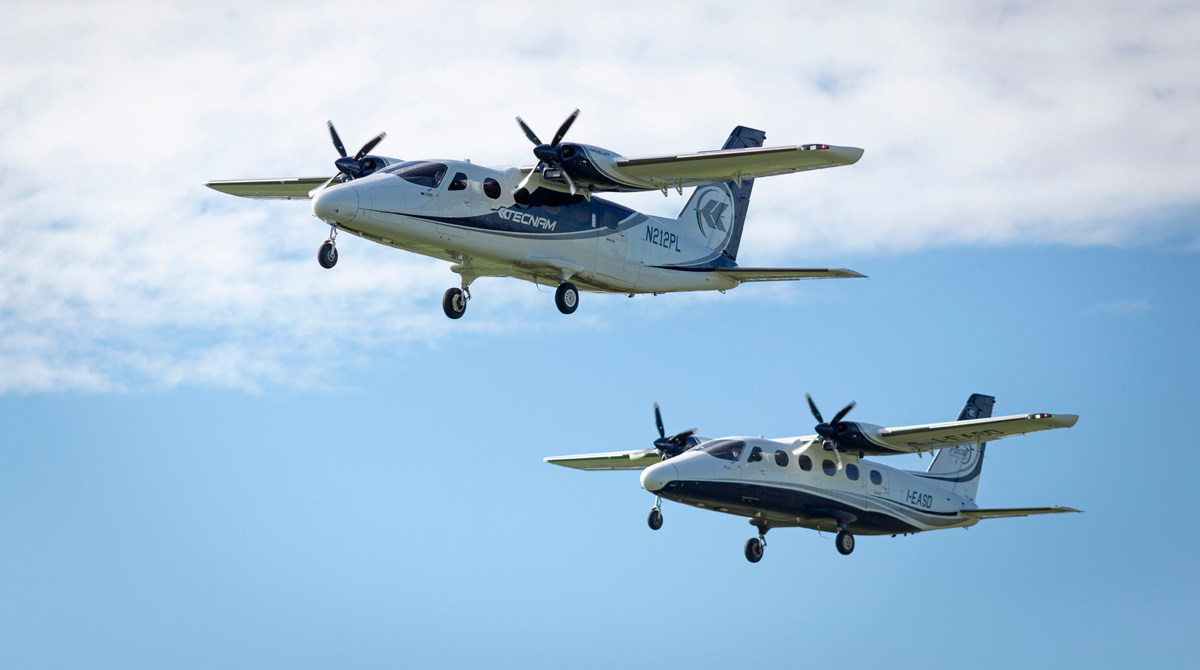
Figure 1. The TECNAM P2021 piston prop airliner is also offered in an electric version called P-Volt. Source: TECNAM.
Summary:
- Airway fees scale differently per transported passenger to the airport fees.
- Overall, airport and airway fees are not proportional to carried passengers on a route.
Bjorn’s Corner: New aircraft technologies. Part 11. Airframe.
May 5, 2023, ©. Leeham News: In our series on the different technologies available when developing next-generation airliners, we have covered the fuselage configuration and engine options.
Now we turn to airframe technologies. We will look at different airframe architectures, their advantages, and disadvantages. To support the discussion, we will model the different variants in our Airliner Performance and Cost model to understand their characteristics.
The Small Airliner Problem, Part 3
Subscription required
By Bjorn Fehrm
May 4, 2023, © Leeham News: In our series about the viability of the business plans for small airliners (nine to 50 seats), we have covered how energy and fuel consumption scales with the size of the airliner.
The cost factor we examine today is the maintenance cost for keeping an airliner fit for purpose and safe.
We use the Leeham aircraft performance and cost model to get the data for the maintenance costs for airliners going from nine to 200 seats.
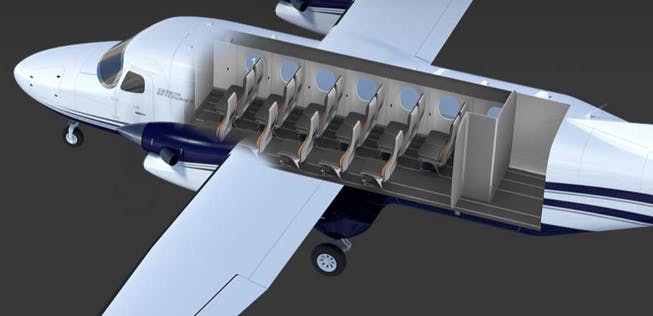
Figure 1. The Cessna Sky Courier is a new 19-seat small airliner with conventional propulsion. Source: Textron Aviation.
Summary:
- The maintenance costs of an airliner scale differently from the energy and fuel consumption we studied last week.
- We discuss the scaling metrics for the airframe maintenance costs and how these differ from what drives engine maintenance costs.



